
Geoengineering, carbon removal news via @andrewjlockley & team.
Also see Geoengineering Google group. Chemtrailers/deniers instablock. RT=/=E
How to get URL link on X (Twitter) App


 2/ As emissions cuts lag, most 1.5–2°C pathways now rely on carbon dioxide removal.
2/ As emissions cuts lag, most 1.5–2°C pathways now rely on carbon dioxide removal. 

 ➡️@MakeSunsets secures its first US patent for stratospheric cooling tech
➡️@MakeSunsets secures its first US patent for stratospheric cooling tech


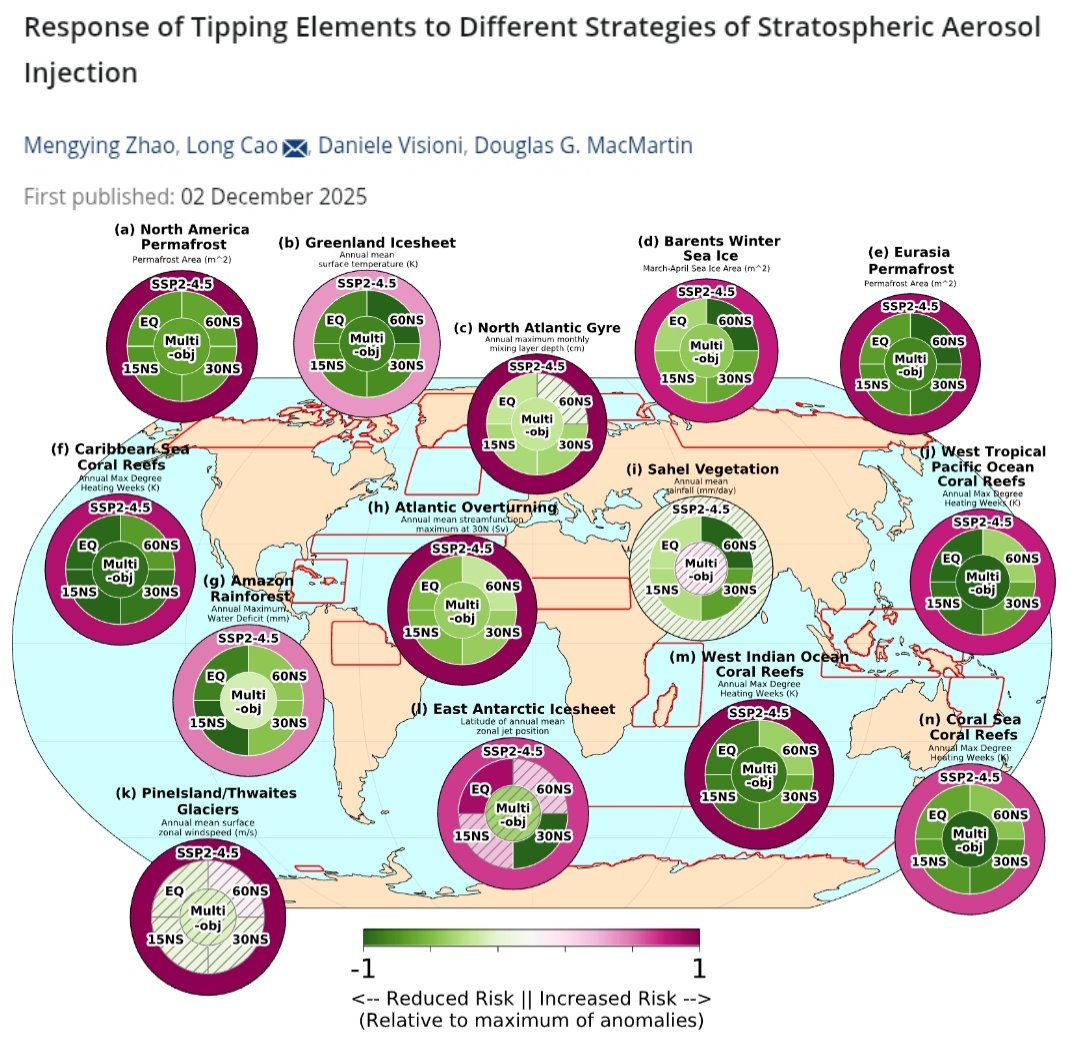
 2/ Tipping elements are highly sensitive to warming.
2/ Tipping elements are highly sensitive to warming. 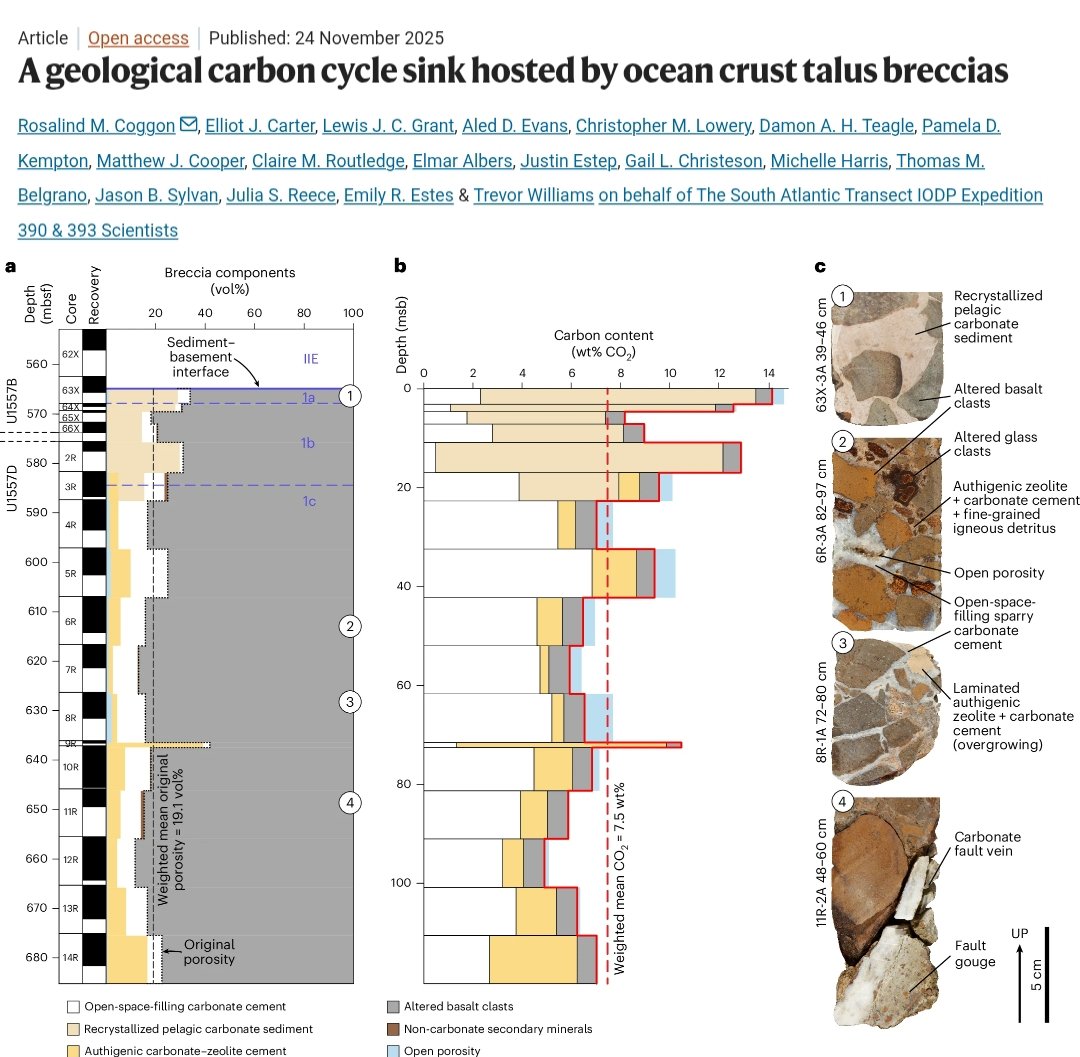
 2/ Researchers made the discovery while drilling 60-million-year-old seafloor in the South Atlantic.
2/ Researchers made the discovery while drilling 60-million-year-old seafloor in the South Atlantic. 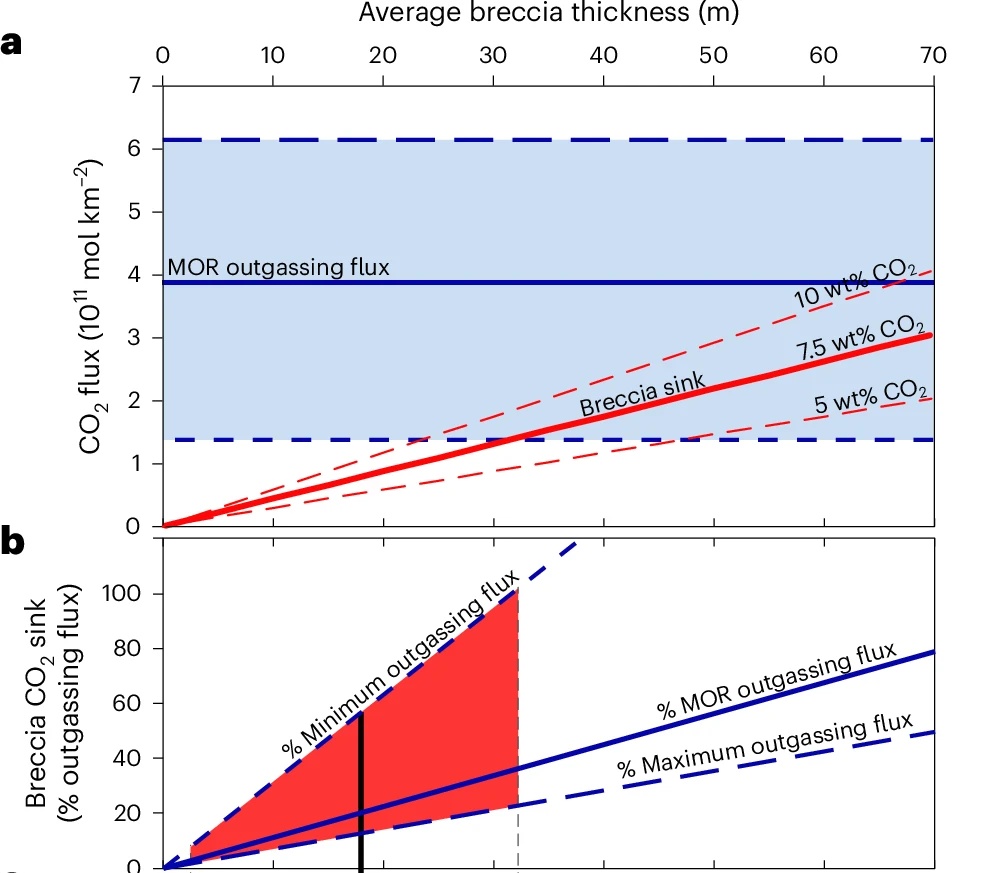
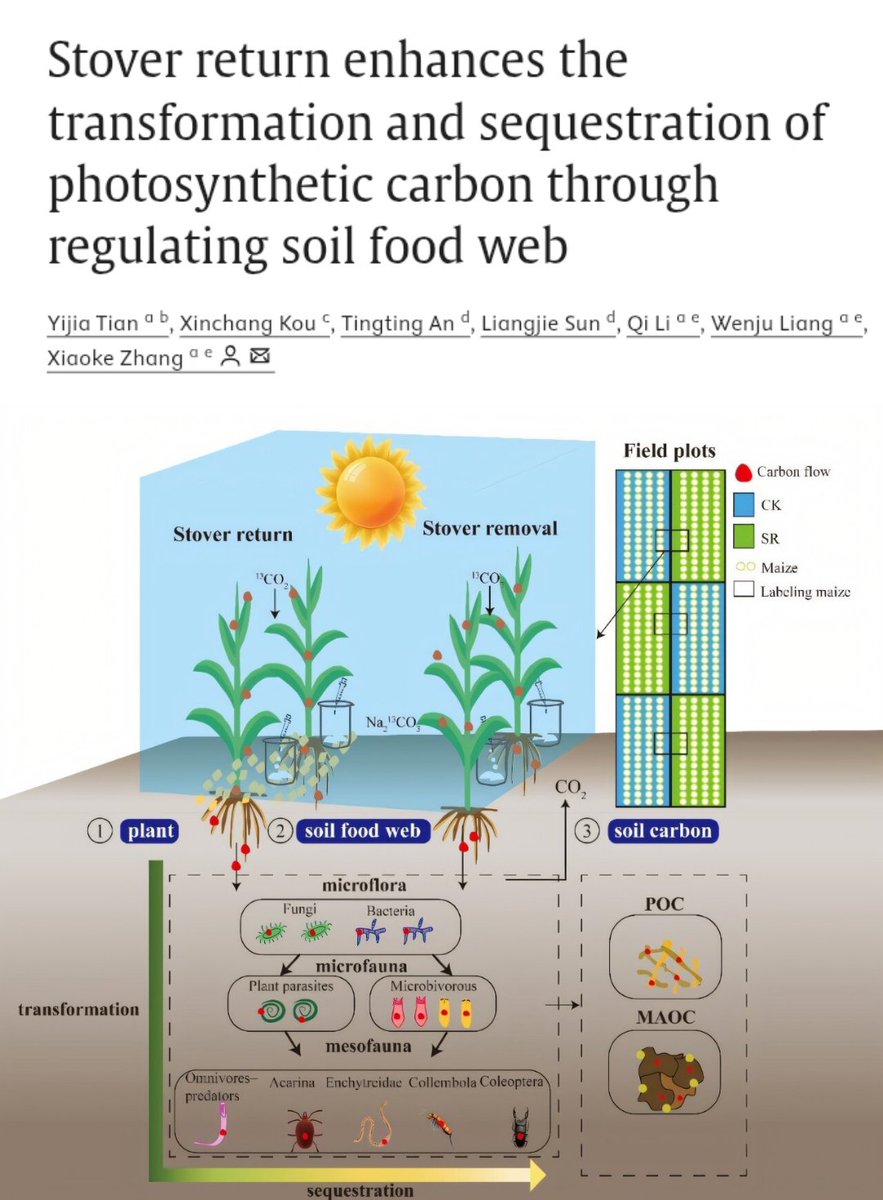
 2/ Researchers from the Institute of Applied Ecology, Chinese Academy of Sciences (CAS), used field trials and ¹³C isotope tracing to map how carbon fixed by crops travels into soil and through the soil food web.
2/ Researchers from the Institute of Applied Ecology, Chinese Academy of Sciences (CAS), used field trials and ¹³C isotope tracing to map how carbon fixed by crops travels into soil and through the soil food web.
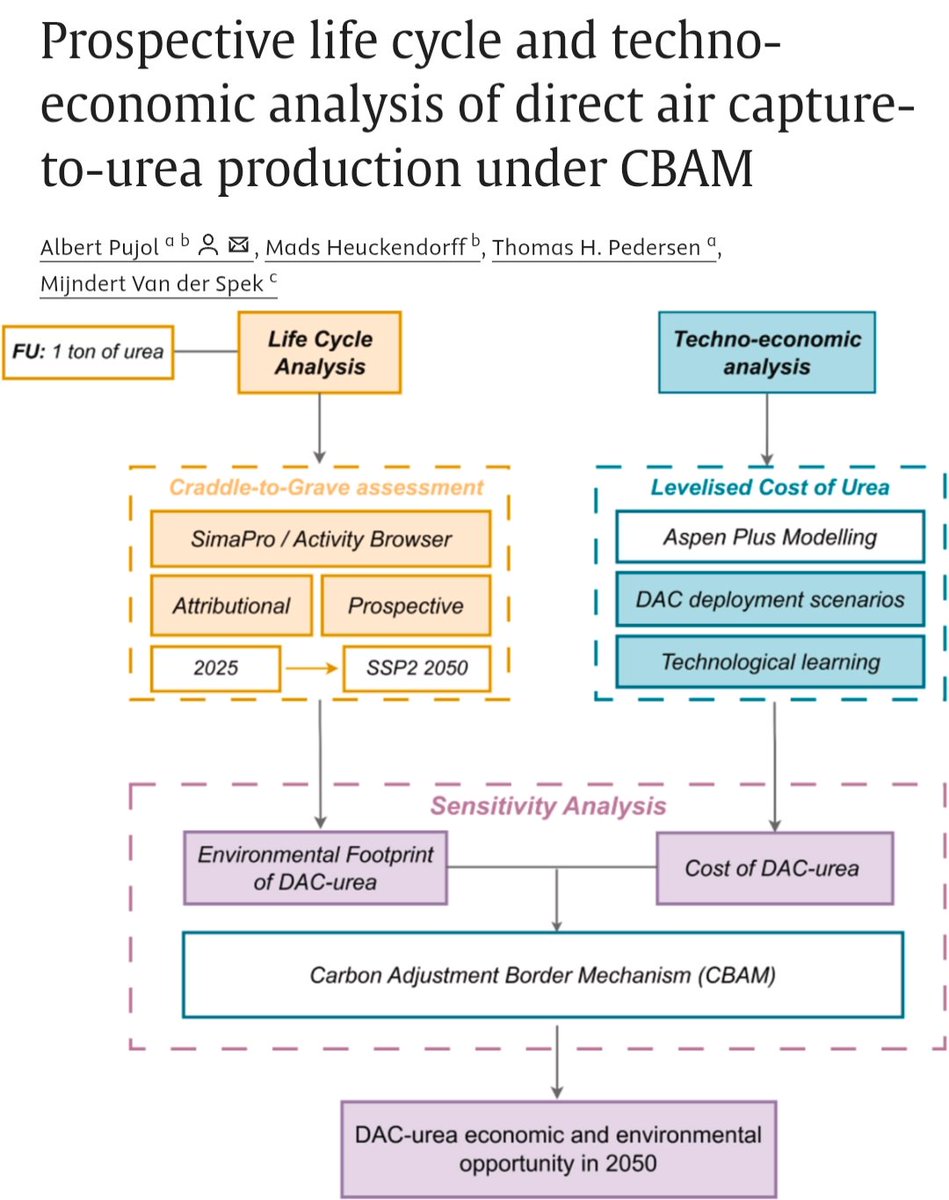
 2/ What DAC-urea is?
2/ What DAC-urea is?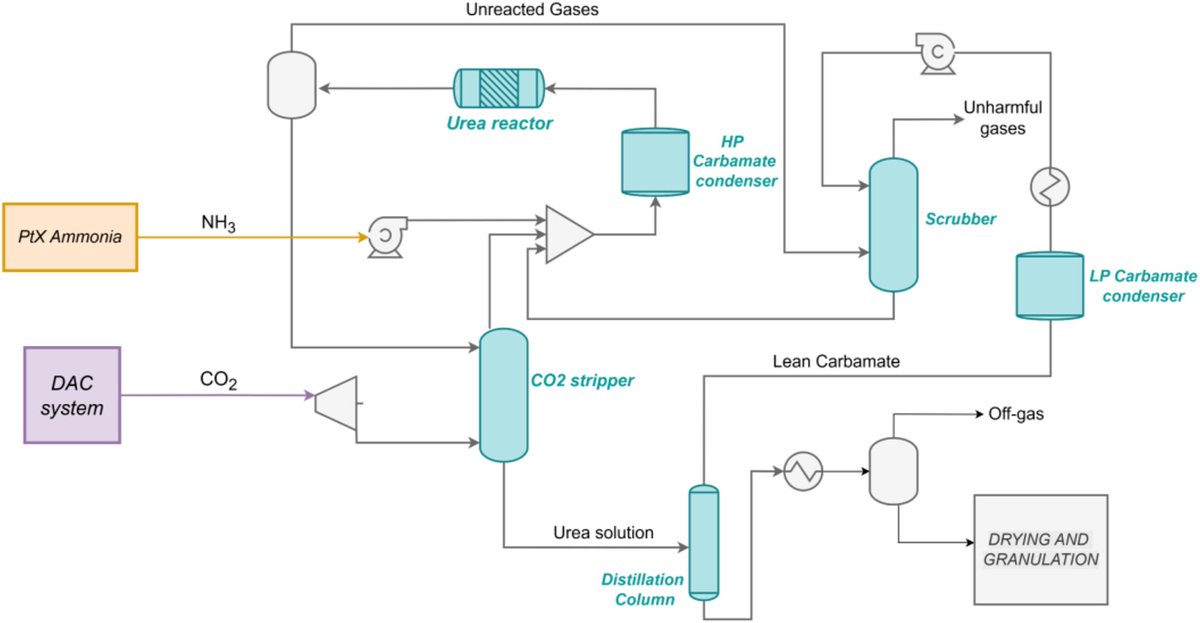

 2/ 𝗚𝗹𝗼𝗯𝗮𝗹 𝗥𝗲𝗮𝗰𝗵
2/ 𝗚𝗹𝗼𝗯𝗮𝗹 𝗥𝗲𝗮𝗰𝗵
 2/ ➝ The report reviews solar radiation modification (#SRM) approaches, including stratospheric aerosol injection (#SAI) and marine cloud brightening (#MCB), outlining their potential to temporarily reduce warming and associated risks.
2/ ➝ The report reviews solar radiation modification (#SRM) approaches, including stratospheric aerosol injection (#SAI) and marine cloud brightening (#MCB), outlining their potential to temporarily reduce warming and associated risks.

 2/ Boreal forests cover vast regions across Canada, Russia, and Scandinavia and store enormous amounts of carbon in trees and soil.
2/ Boreal forests cover vast regions across Canada, Russia, and Scandinavia and store enormous amounts of carbon in trees and soil.
 2/ When allocating how to tackle emissions, respondents clearly prioritized immediate mitigation:
2/ When allocating how to tackle emissions, respondents clearly prioritized immediate mitigation:
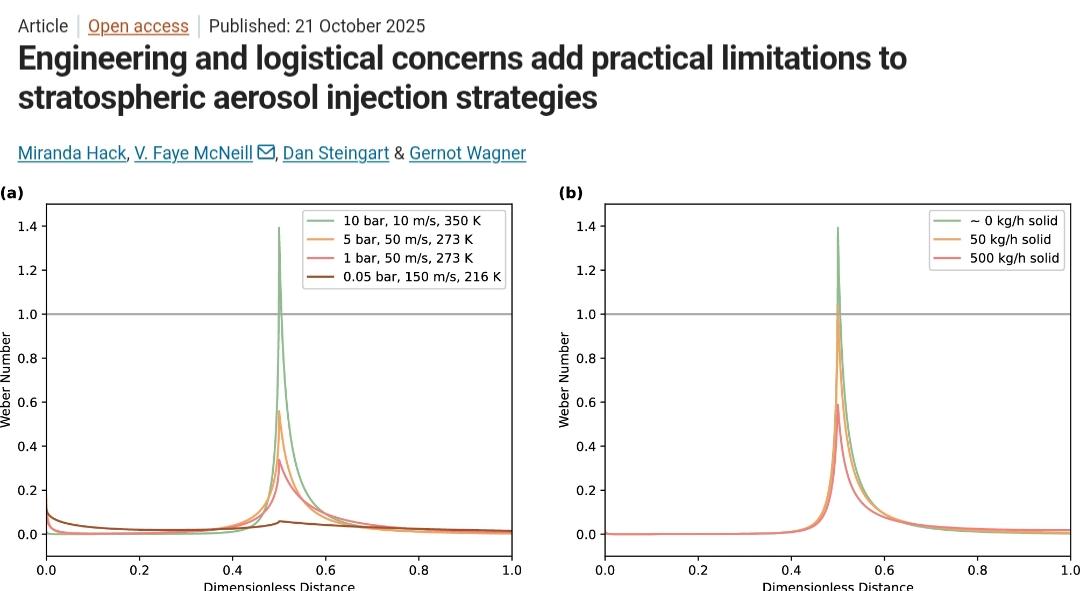
 2/ The authors explore both micro-level (engineering) and macro-level (governance & supply) factors that could restrict feasible deployment.
2/ The authors explore both micro-level (engineering) and macro-level (governance & supply) factors that could restrict feasible deployment.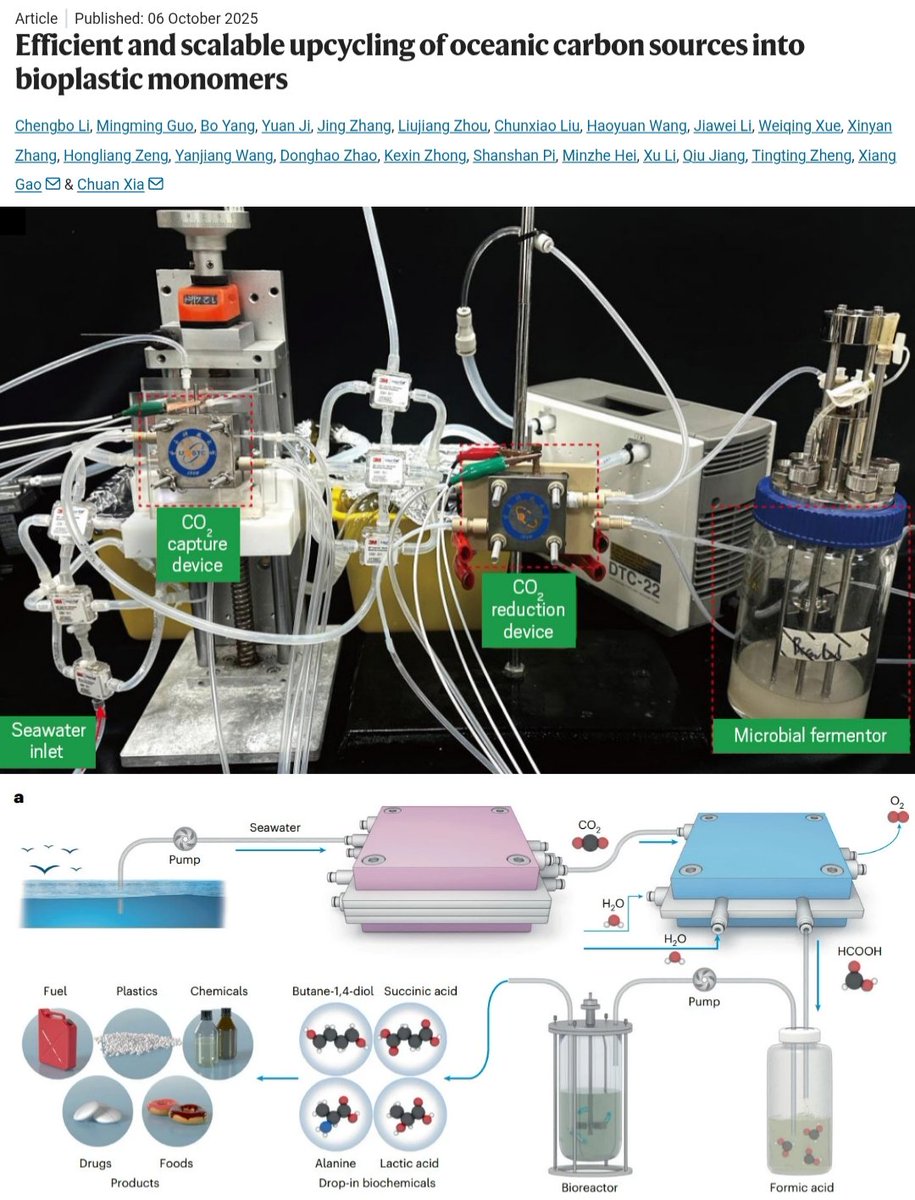
 2/ The system comprises 3 components:
2/ The system comprises 3 components: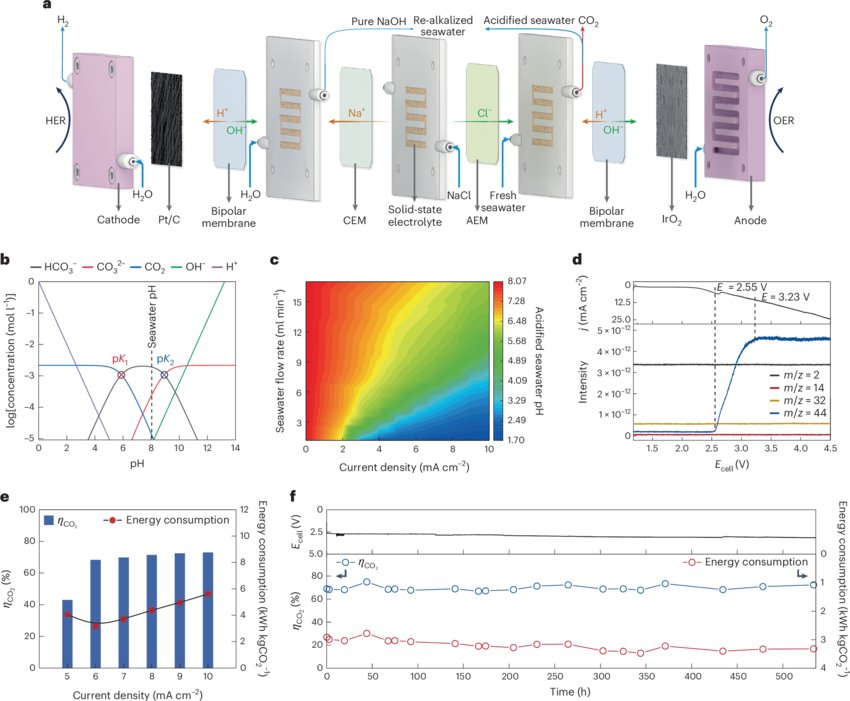
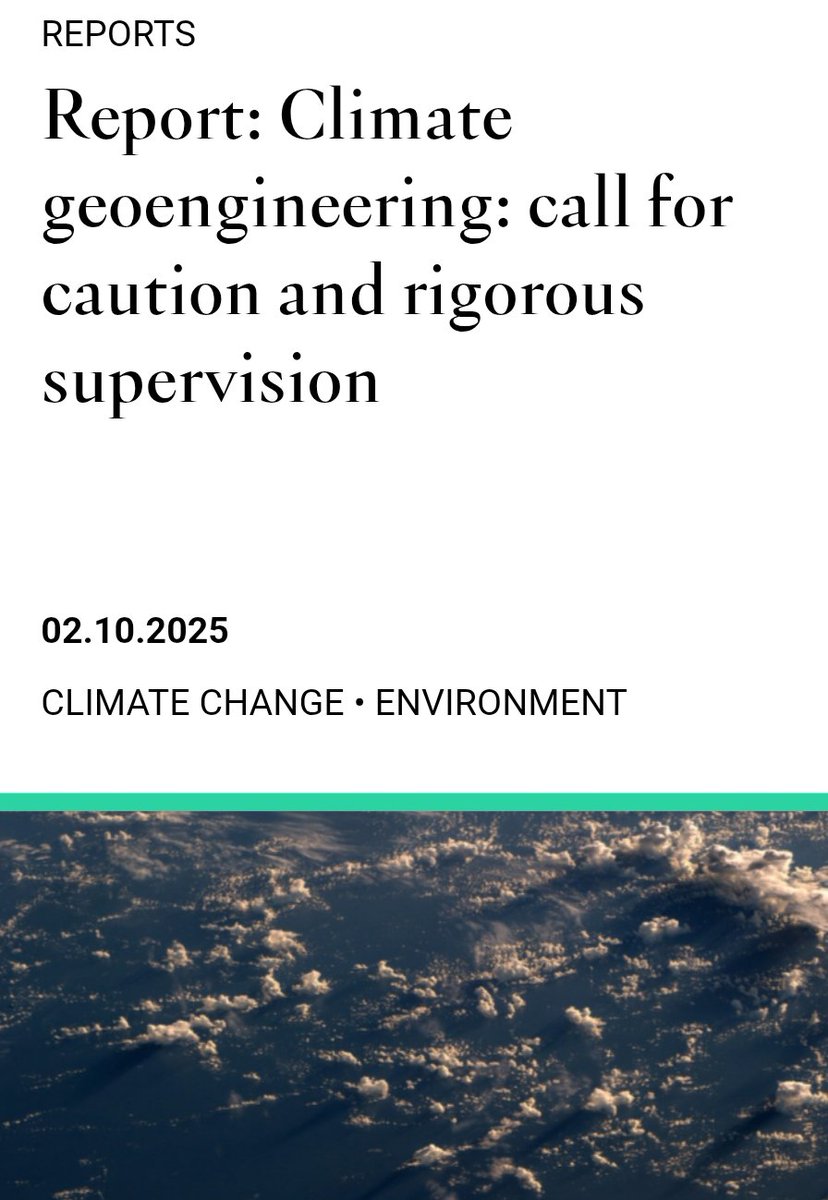
 2/ SRM Recommendation 1️⃣
2/ SRM Recommendation 1️⃣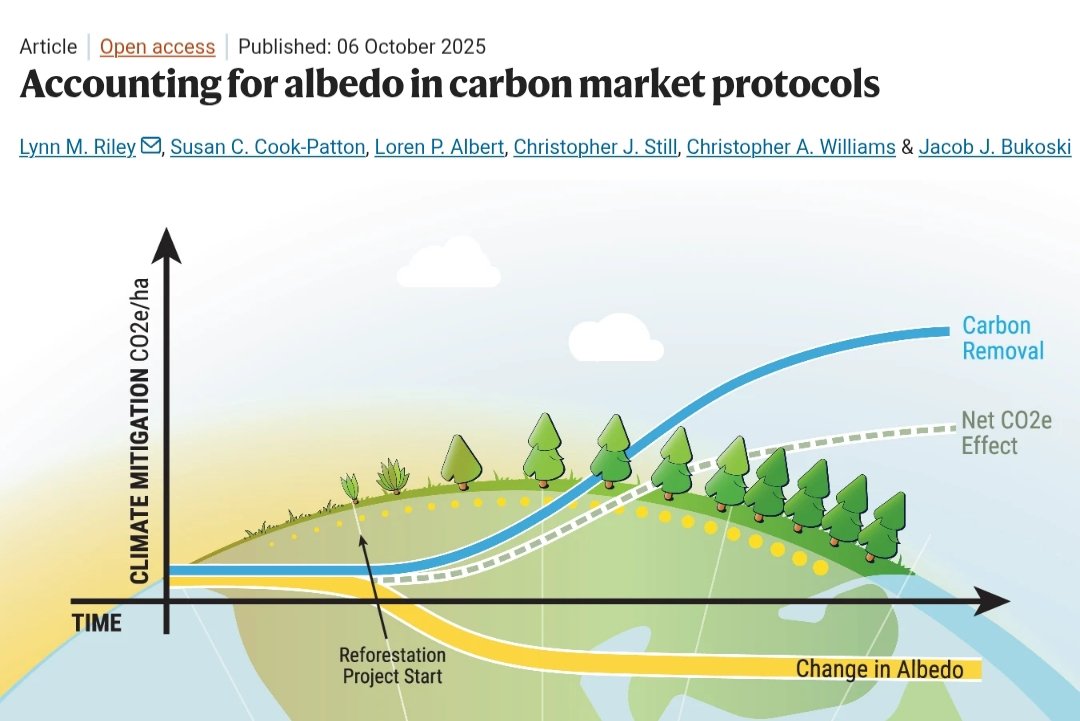
 2/ Albedo is how much sunlight Earth’s surface reflects vs. absorbs
2/ Albedo is how much sunlight Earth’s surface reflects vs. absorbs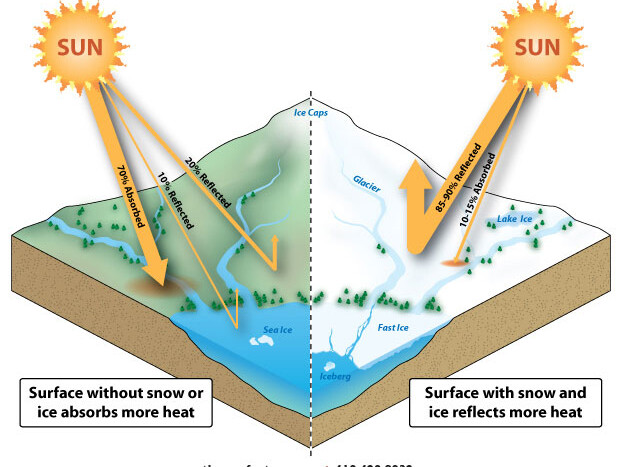

 2/ The authors note that with climate overshoot increasingly inevitable, the IPCC and Climate Overshoot Commission both view CDRs as unavoidable.
2/ The authors note that with climate overshoot increasingly inevitable, the IPCC and Climate Overshoot Commission both view CDRs as unavoidable. 
 2/ Using 24 years of NASA’s CERES satellite data, scientists found both hemispheres now absorb more solar energy than before.
2/ Using 24 years of NASA’s CERES satellite data, scientists found both hemispheres now absorb more solar energy than before. 
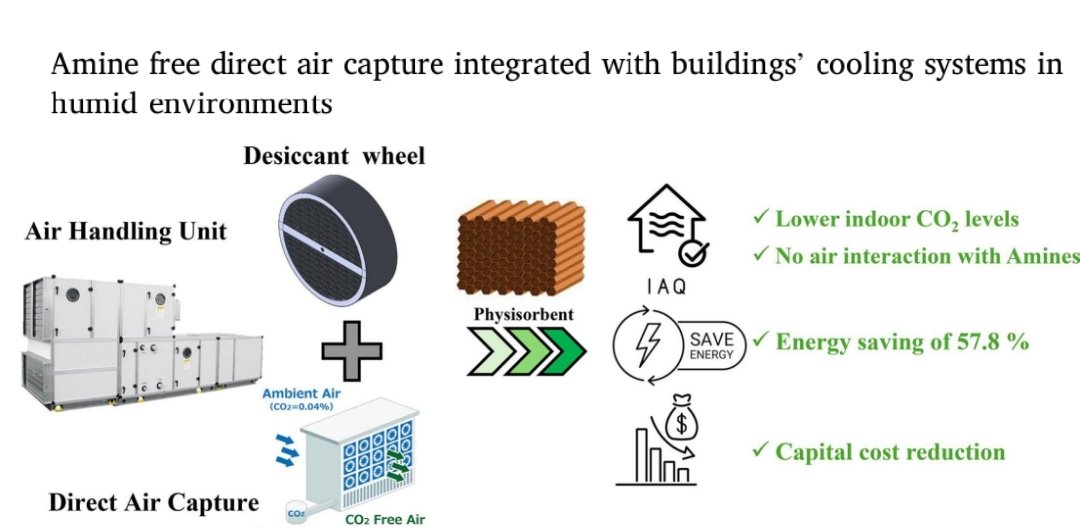
 2/ Buildings use a lot of energy. About 37% of global energy & 40% of CO₂ emissions.
2/ Buildings use a lot of energy. About 37% of global energy & 40% of CO₂ emissions. 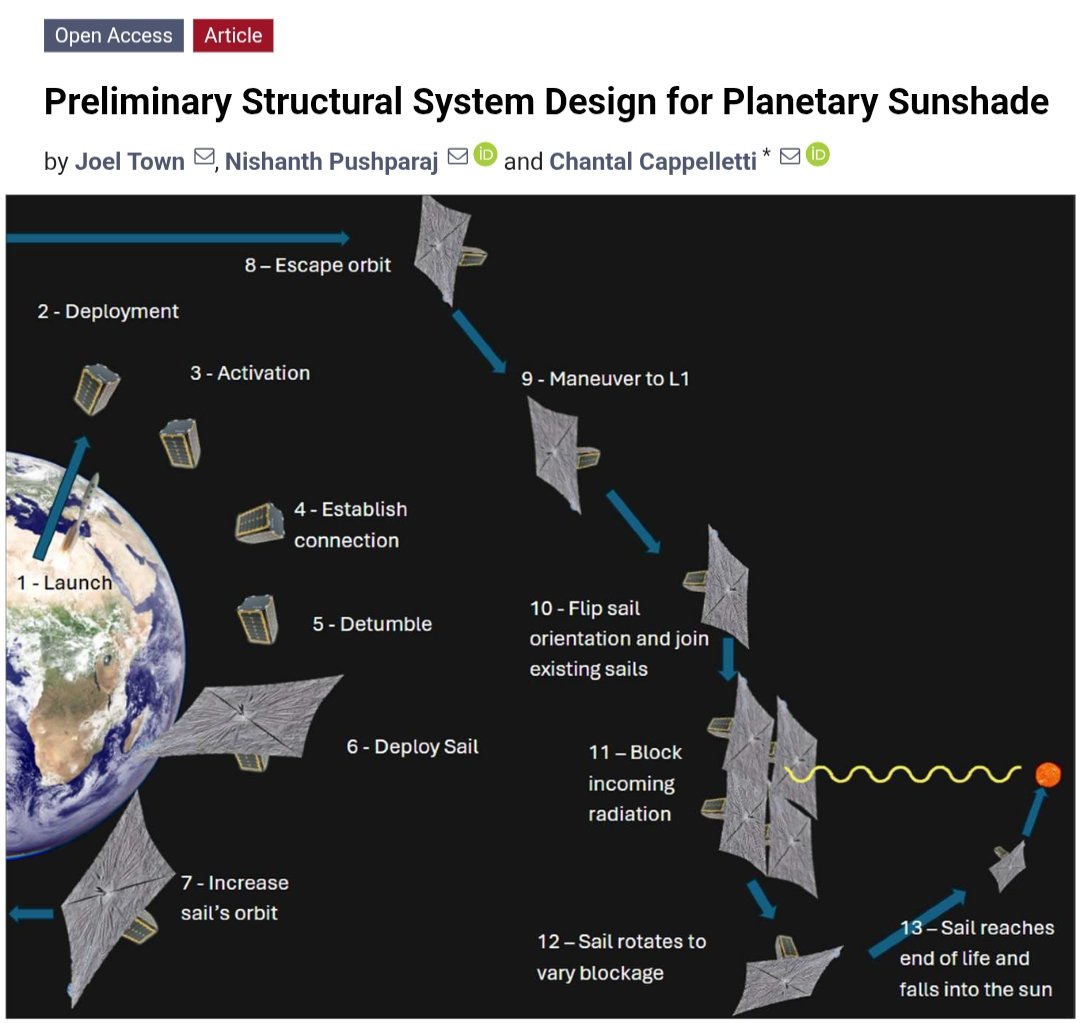
 2/ The planetary sunshade would function as a vast array of satellites at the Sun–Earth L1 point, collectively blocking ~1.8% of incoming photons - enough to reduce global temperatures by ~2 °C.
2/ The planetary sunshade would function as a vast array of satellites at the Sun–Earth L1 point, collectively blocking ~1.8% of incoming photons - enough to reduce global temperatures by ~2 °C. 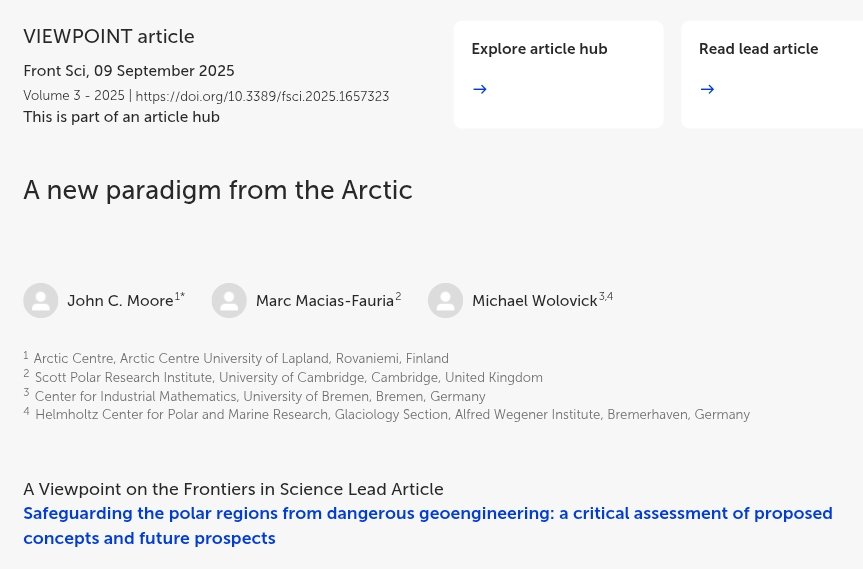
 2/ Siegert et al. [] critically assessed polar geoengineering proposals, urging restraint.
2/ Siegert et al. [] critically assessed polar geoengineering proposals, urging restraint.